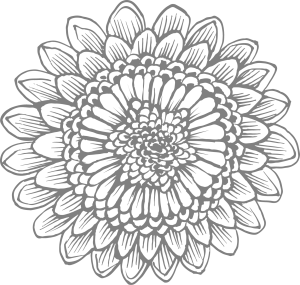TAVENNA
As in other areas of Molise, on the 12th of June in Tavenna there is a morning procession in honour of St Anthony of Padua with carts drawn by oxen and decorated with flowers and icons of the saint – starting with the main one, dating from the 16th century, which is carried in turn by one of the family carts that are maintained and perpetuated in the social fabric of the village. The structures of the carts are sometimes barrel-shaped, other times a simple decorated farm cart, with no top cover. Many cart-makers insist on the hard work and commitment of those who prepare the animals – although they are often also taken from friendly families in Larino who may be able to lend them out at other times. The keepers and practitioners insist on the importance of maintaining tradition and respect for the deliveries received from previous generations. The plant and floral decorations are less redundant than in other processions in the area, replaced more by lace and bobbin embroidery. Again, according to the testimony of the cart-makers, after a phase in which very few still organised the family carts in honour of St Anthony, the processional order and the processional order of the carts were not as strict as in the past. The processional order and the task of carrying the icon of the saint, for reasons of respect for the commitment of all the carts and families, alternates from year to year, allowing everyone to be able to carry the icon of the saint and feel an integral part of the devotional celebration. It is customary to print T-shirts with different colours and the names of the different families that set up the floats. A number of scholars and experts in local history collect testimonies and images of the festival.

VIDEO
IMAGE GALLERY


TAVENNNA
As in other areas of Molise, on the 12th of June in Tavenna there is a morning procession in honour of St Anthony of Padua with carts drawn by oxen and decorated with flowers and icons of the saint – starting with the main one, dating from the 16th century, which is carried in turn by one of the family carts that are maintained and perpetuated in the social fabric of the village. The structures of the carts are sometimes barrel-shaped, other times a simple decorated farm cart, with no top cover. Many cart-makers insist on the hard work and commitment of those who prepare the animals – although they are often also taken from friendly families in Larino who may be able to lend them out at other times. The keepers and practitioners insist on the importance of maintaining tradition and respect for the deliveries received from previous generations. The plant and floral decorations are less redundant than in other processions in the area, replaced more by lace and bobbin embroidery. Again, according to the testimony of the cart-makers, after a phase in which very few still organised the family carts in honour of St Anthony, the processional order and the processional order of the carts were not as strict as in the past. The processional order and the task of carrying the icon of the saint, for reasons of respect for the commitment of all the carts and families, alternates from year to year, allowing everyone to be able to carry the icon of the saint and feel an integral part of the devotional celebration. It is customary to print T-shirts with different colours and the names of the different families that set up the floats. A number of scholars and experts in local history collect testimonies and images of the festival.
VIDEO
IMAGE GALLERY